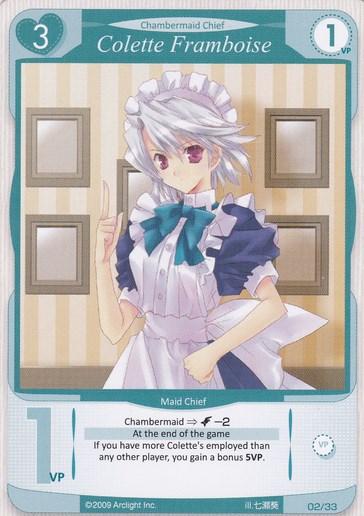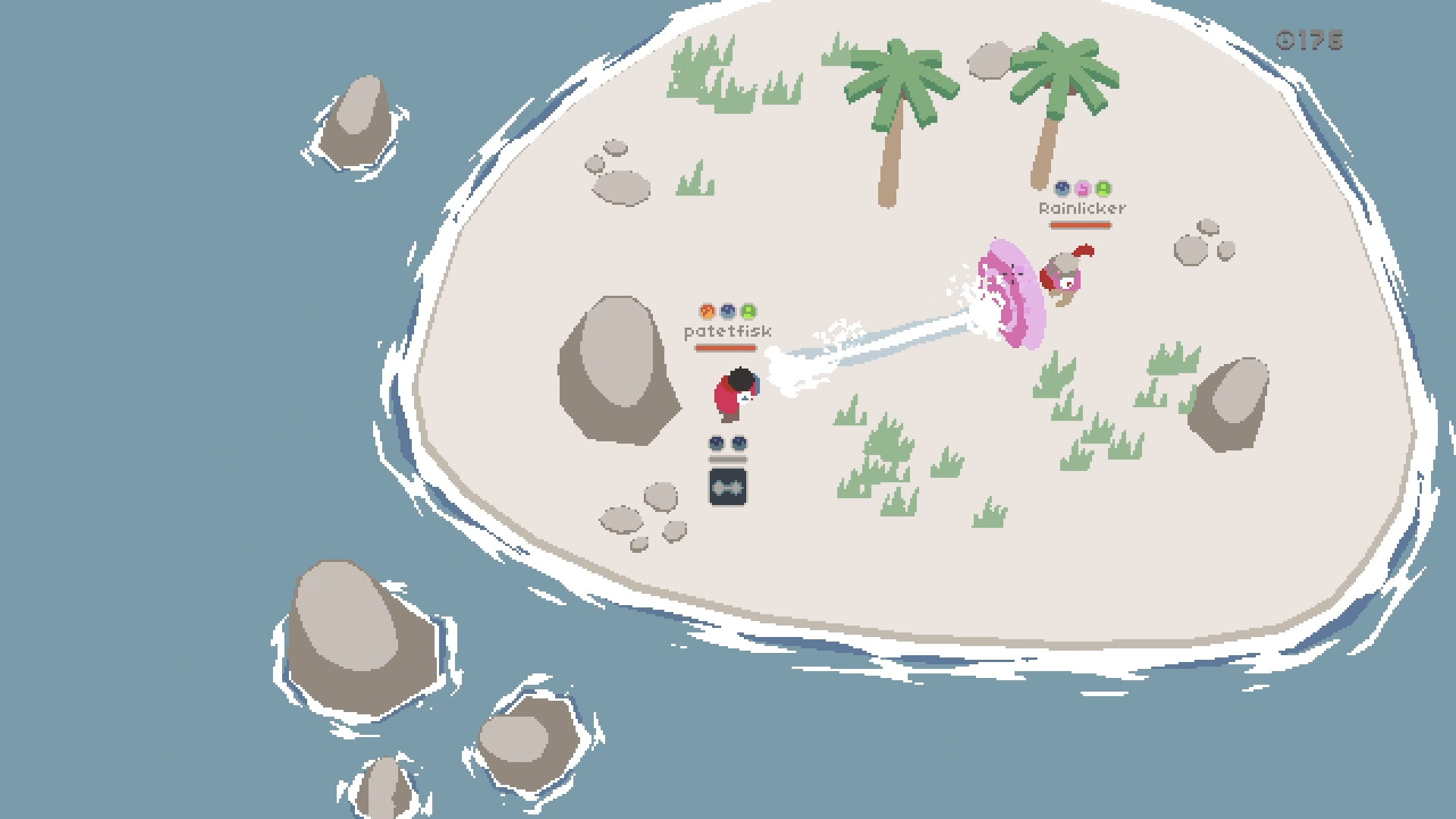I was going to write about Bloodborne this week, but I don’t want to write about Bloodborne until I finish it. And because Bloodborne is (surprise!) really fucking hard, I haven’t finished it.
So instead, we’re writing about Eternal Return, a F2P BR SURVIVAL MOBA from Korea, and presumably the apex of trying to cash in on every single gaming trend from the last ten years. At least they’re not trying to sell me NFTs. And it’s actually pretty good! From a gameplay standpoint, I mean. Everything else is… present. Y’know. It’s there.
Games start with you picking a character and starting weapon. You can swap out your weapon, but I haven’t found myself in a situation that calls for that.
In any case, once you’ve locked in your character, build, and starting zone, a countdown ticks down and the game starts.
Eternal Return’s map is static, with the same zones and layout each time you play.

Given that describing the game’s genres is a good 4 acronyms, let’s just go through them and take note of what mechanics from each genre are present. Starting with the MOBA/ARTS, or whatever other acronym you want to use for the Defense of the Legends genre.

Eternal Return is played in a top down isometric perspective. You move by clicking where you want your character to go, and the camera remains more or less locked on your character, though you can temporarily move it to look around with the mini-map. You have health and mana (which they call SP), equipment, and an inventory.

Yes, equipment and inventory. Unlike most MOBA’s, and like most survival games, these are two separate things. For your equipment, you have a set of slots that allow you to equip one of each item type (Weapon, Armband, Legs, Head, Accessory, I don’t remember the last one). You can carry more items, but they don’t actually give you stat buffs while they are in your inventory. You also mostly won’t be using your inventory for gear, you’ll be using it for… crafting materials.
Yeah, so following the survival genre, you spend a lot of time rummaging for things. Look for necklaces in cardboard boxes. Look for cardboard boxes in trash cans (No, you can’t pick up the cardboard box that the necklace was in, that’s different). Combine them to craft a shank, or just a jean jacket with spikes. Combine a rock with a glass bottle to create… broken glass. Craft broken glass with glue to create…. a glass plate.
No really. Look.

The crafting is (mostly) less tedious then it might sound. Once you select your build, the map will tell you what items in your current zone are needed for it, and what you’ve already picked up. Since each zone has a separate set of items, and the game also has an autoloot function, this makes it fairly easy to figure out what you want to grab at any given point in time.
So, we’ve covered the MOBA, and the Survival game, which leaves us with the Battle Royale bit. Yes, there’s an another entire genre here. The only way to win in Eternal Return is either be the last person, or the last team standing. While this is pretty standard, and has the normal amounts of mental math of, “Do I fight or flee here?”, there’s one big tweak to the formula.
Most Battle Royale games have some sort of shrinking map that slowly closes in, and deals damage if you stay outside of the safe zone. Eternal Return has its own twist on the formula. Remember those zones I mentioned up above? As the game progresses, sets of zones get marked off to close. A two minute timer ticks down, and once that timer hits zero, the zone is closed off.
But not quite. See, you can still enter those zones. You don’t take damage, or lose life. Instead, you have a timer that ticks down each second you’re in the zone.
And if this timer hits zero, your head just fucking explodes and you die.
Now, you’re probably thinking “Wait, that just seems like a minor twist” on the whole “Collapse the play area to force the players into conflict” mechanic. And you would be right, if it wasn’t for how the end game works. Eventually the whole map becomes a death zone. At this point, whoever has the most time left in their bank can win without killing anyone as long as they can outlast their opponents.
The other interesting thing about it is how it opens up movement and routing. In most Battle Royales, leaving the safe zone is certain death, but in Eternal Return, if you find yourself losing a fight, running into a death zone can be a valid tactic. Even if the player fighting you is stronger, they’ll have to spend time to actually continue the chase, putting themselves at a disadvantage in the late game, which they may not want to do.
Okay, so that’s enough nice things about Eternal Return. Lets talk about all the annoying bullshit, and frustrating things about the game.
Starting with the minor stuff, the moment to moment gameplay of fights feels heavily inspired by the sort of twitch/micro movement of League of Legends. While this is neat if you like League, if you’re a Dota player like me, if you don’t play those games, I imagine it can feel a bit frantic and annoying. This is entirely taste based, which is why it’s the most minor.
Next up, the characters you play as. They are incredibly dull and boring. They feel like a series of characters pulled from random first draft webtoons. Their background has the flavor of a one-shot tabletop RPG character, with none of the interesting bits or quirks. I can’t tell if this is the result of garbage localization, but it feels like it might be.

Finally, all of the out-of-game UIs and menus suck. Why can’t I do anything while in queue? Why does queueing for a solo match require me to create a 1 player party? Why does trying to create a build suck so much, and why do builds only allow single item paths?
Oh, and on the subject of crafting: there consumable items you can craft (food and traps), but you can’t add these items to your build. You have to add them to your build queue in game after you’ve finished other items. I’m sure pros memorize what secondary items they’ll need and how to craft them. But maybe I should just be allowed to have secondary crafting targets added.
These are all minor gripes though. They won’t stop me from playing the game. The next two problems are bigger and straight up frustrating.
If you queue for a game, have the queue find a game, and then decline the game, you get a shadow ban from matchmaking. To be clear, the game doesn’t tell you that you’re shadow banned. But this has happened to both me and a friend, and the next time we tried to queue, we sat in queue for over 40 minutes without finding a match. We eventually then gave up because we had better things to do with our days. So if you… oh, I don’t know, queue for solos, have a friend hop on, then decline the queue, then queue for duos, you won’t be able to play because now you’re shadowed banned.
The biggest problem that I have with Eternal Return, though, is how hard it is understand why you lost, and to learn from your losses. Fights are small, twitchy, and complex affairs, and tend to be over in under a minute maximum. And when you die, you get kicked out to the menu. You can’t spectate your killer, or watch them to see if they win. Did you die because you overcommitted? Because you missed skill shots? Because they had food to heal, even though you both had large amounts of damage? Did you just get outplayed? Because it’s just a bad matchup? I don’t know, and there’s no way to find out by playing the game.
To my mind, this is the single biggest flaw of Eternal Return. Almost every other Battle Royale offers death spectate. Most MOBA’s have replays. Eternal Return has nothing. Just a single look at the scoreboard, and good luck, go play another game!
So yeah, that’s Eternal Return. Apparently it’s a big hit in Korea? It’s free to start, so if the mechanics sound interesting, I’d say check it out. You can download it for free on Steam here.
Author’s Note: Also, there are a few systems in the game I didn’t cover, like CCTV’s, and various EXP and weapon types, but I’m not sure they add enough mechanically to be likely convince someone to play the game.
Author Note: If I hear one more person refer to the art style of game as “anime” I will cut a motherfucker. The game is Korean, from Korea, made by a Korean studio. The art style is closer to something like Tower of God, or another Webtoon style thing. Just because none of the women in the game have heard of pants, and all the men have sparkle eyes doesn’t fucking make it anime.
Editor’s Note: Okay but, like, it’s definitely anime. Are you telling me that the guy on the left isn’t straight out of Naruto?










